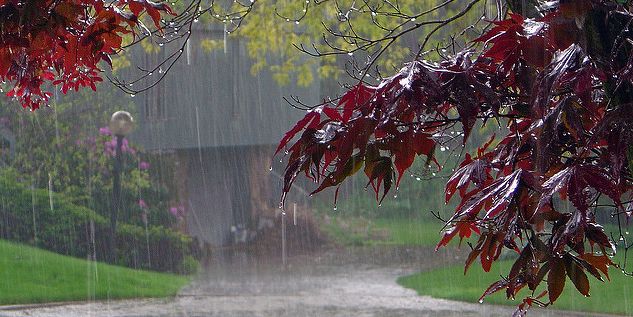
Nature holds all the answers
A R Shivkumar is a senior scientist at the Karnataka State Council of Science and Technology (KSCST) at Indian Institute of Science (IISc). He lives in Bengaluru which is a city that is around 3,000 feet above sea level. Its hard granite-gneiss terrain also makes it difficult to source water for household use. Shivkumar noticed that although our country receives adequate rainfall, most of the cities and villages go dry after the monsoons and people are in the grip of water woes. He realized that countering this problem is very simple as the answer lies in nature itself. When the sky pours, one only needs to store this nature's gift for future use. That is how Shivkumar started his mission of Rain Water Harvesting (RWH). He believes that a lot of water is wasted due to mismanagement and RWH can effectively sustain the city's water supply. Being a scientist, Shivkumar invented tools that simplify RWH at home and has even worked with local authorities to popularize rainwater harvesting in Bengaluru Fulfilling the needs of his family without harming the environment was his motto when he started building his house in 1995. For this he delved on many alternatives. He studied the water bills of residents of his locality to get an idea of the water consumption of an average family. His findings matched the norms published by WHO – a family of four uses approximately 500 litres of water per day. Then he tabulated the rainfall data in the city over the last 100 years and was surprised when his study revealed that there was more than enough rainfall in the city, even in the worst monsoon-deficient years. As rainfall in India is seasonal, he realized that the solution to water woes lies in harnessing the rainwater by storing it when it rains for 60-70 days in a year and making it last for 365 days. He did some calculations and found that the gap between two good rains is about 90 to 100 days. So he built a number of RWH tanks that could hold almost 45,000 litres of water to meet the requirement of those odd 100 days. His technique of RWH made provision for water to be stored on the rooftop, instead of being sent down and pumped again, thus eliminating the use of a motor. Each tank is fitted with a filter which is designed and patented by Shivkumar himself. The filter removes all impurities from the collected rainwater before channeling it around the house. Not to let a drop of water go waste, Shivkumar dug percolation pits around his house which increased the groundwater by 40 per cent. Thus, his family can also rely on a shallow tubewell which is recharged by rainwater! Even the waste water at his home is used judiciously. He has designed and installed an effective greywater recycling system at his home – the outlet water from his washing machine is stored in a separate tank and is used for flushing toilets in the house. Similarly, water from the kitchen is stored and used for gardening. Shivkumar has become a pioneer in RWH over the years. He has also designed and implemented hundreds of rainwater harvesting projects in Bangalore, including at Vidhana Soudha, the Karnataka High Court, corporate offices (such as Arvind Mills and Intel India) and several housing societies in the city. He has also trained Bangalore Water Supply and Sewerage Board (BWSSB) plumbers, building contractors and architects in the integration of RWH in construction. Shivkumar has won numerous awards for his exemplary work. His RWH systems are also being used in Africa as well in some European countries. The Norwegian government has also selected it for its joint project with the Indian government. Sometimes, the solutions to our persistent problems lies with nature itself. Shivkumar, with his perseverance and dedication was able to overcome one of the major problems of water scarcity in his loaclity and believes that even if half of houses in Bengaluru are retrofitted with RWH, Bengaluru will never face water scarcity.
